It's time for our regular open thread.
In the naval news recently has been the mess that is the Secretary of the Navy's replacement/resignation. Richard Spencer has resigned/been fired in a case that looks to have something to do with the trial of Eddie Gallagher, a SEAL accused of war crimes. Gallagher was acquitted of murder and other serious charges, but convicted of posing for a photo with a slain member of ISIS. Trump has for some reason fastened onto the case, granting clemency, restoring Gallagher's rank, and tweeting that Gallagher would not be stripped of his status as a SEAL before he retired. Spencer has been publicly in favor of letting the process run its course without Trump's interference, but appears to have brokered a deal to make sure it would produce the result Trump wanted. Somehow, Trump lost confidence in him, and fired him via tweet. Personally, I won't mourn Spencer's departure. He's done a better job than his predecessor, Ray Mabus, but that's a bar that could probably have been cleared by appointing a cabbage. His replacement is to be the current ambassador to Norway, retired Rear Admiral Kenneth Braithwaite.
Please remember to be nice to the other side, and not to venture too far from the issue at hand. The broader culture war ban is still in effect.
Also, a reminder that the Naval Institute Press Holiday Sale ends in two weeks, the same day the next OT goes up, so I'd recommend getting your shopping in now.
Overhauled posts since last time are the Battleships of Pearl Harbor Part 3, Iowa parts five, six and seven, Mine Warfare Part 1, and Russian Battleships Part 1 for 2017. 2018 overhauls are Commercial Aviation Part 1, Missouri Part 3, the internment of the High Seas Fleet, Crew art aboard Iowa, So You Want to Build a Battleship - Design Part 2 and G3 and Nelson.
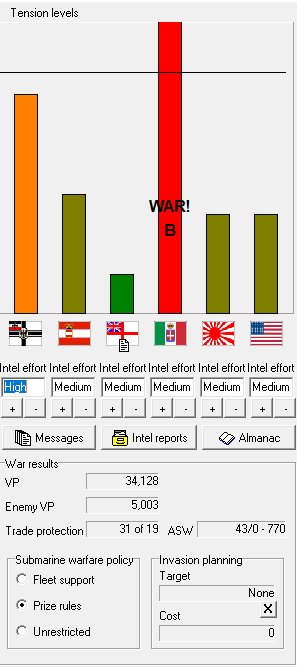
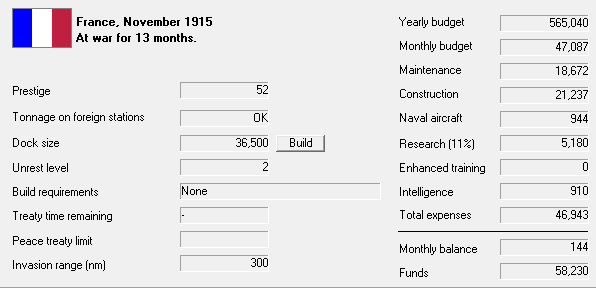


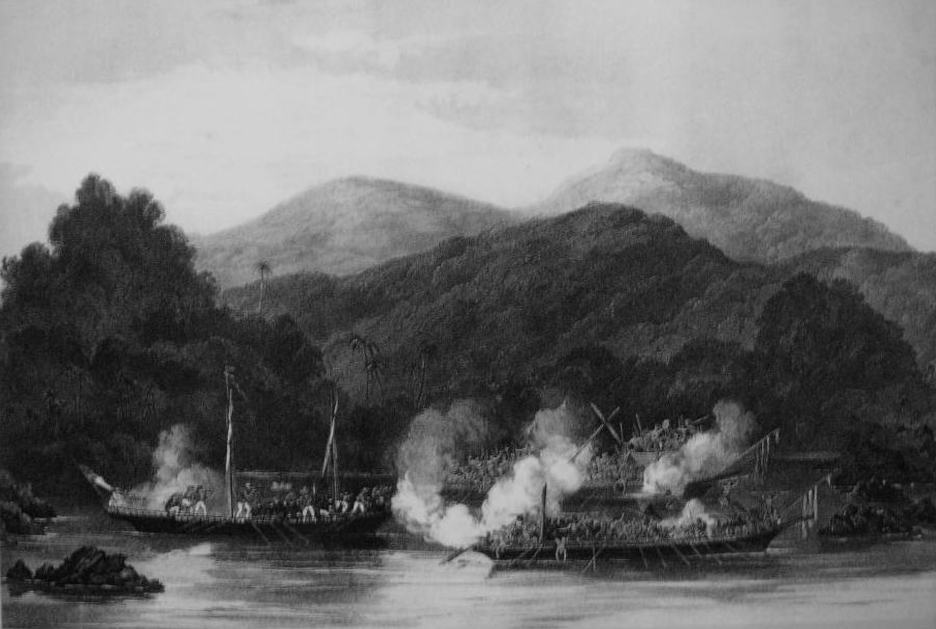
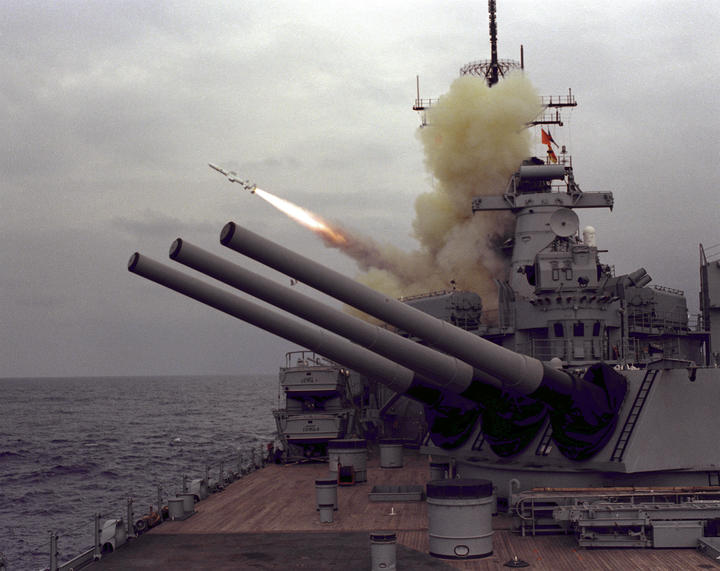
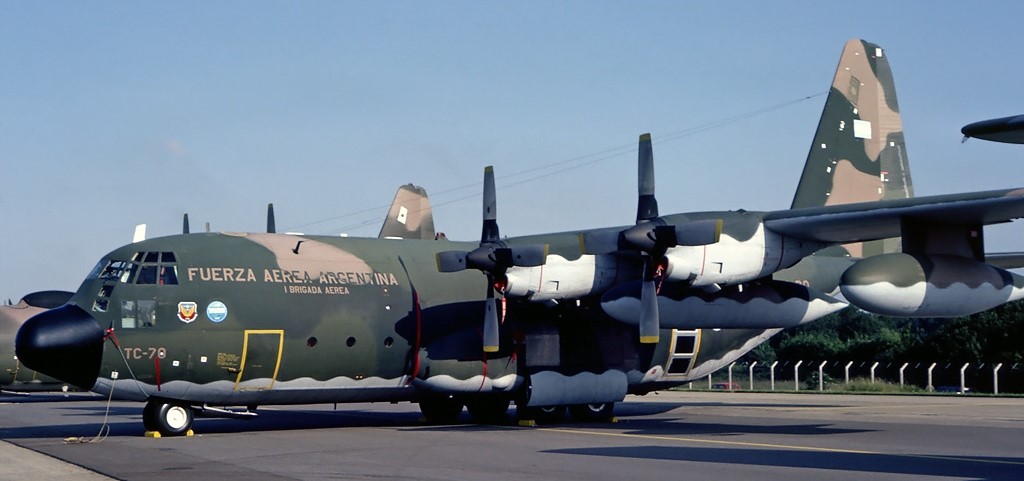
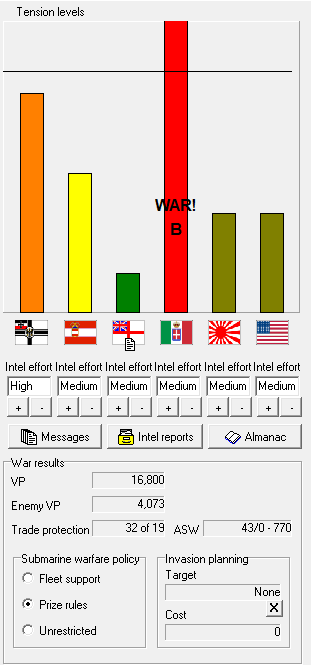

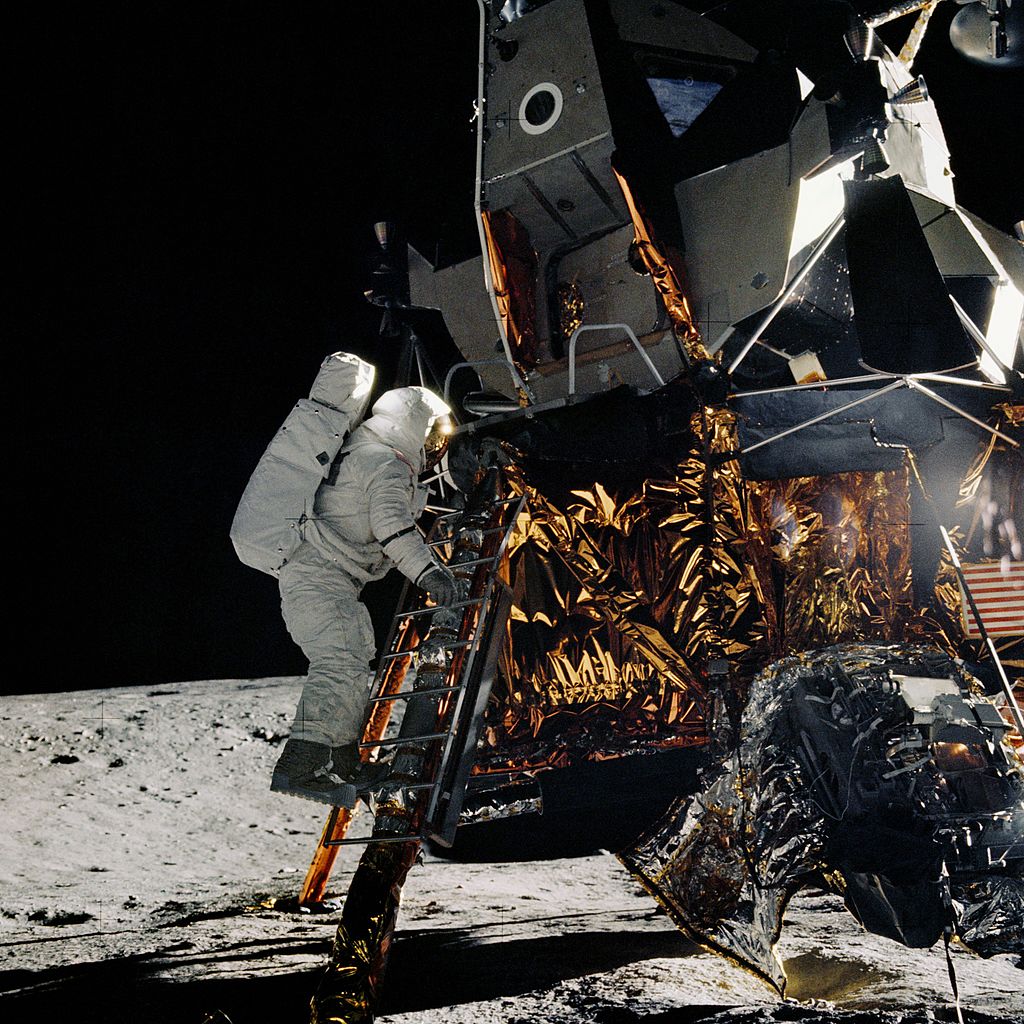
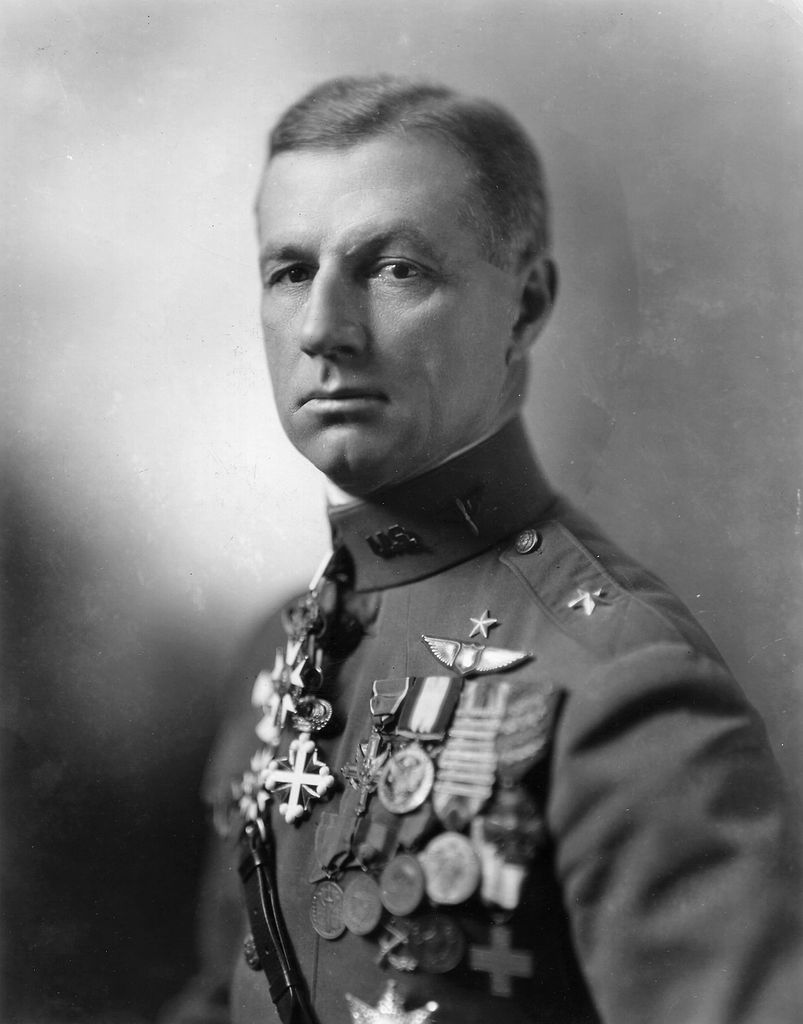
Recent Comments